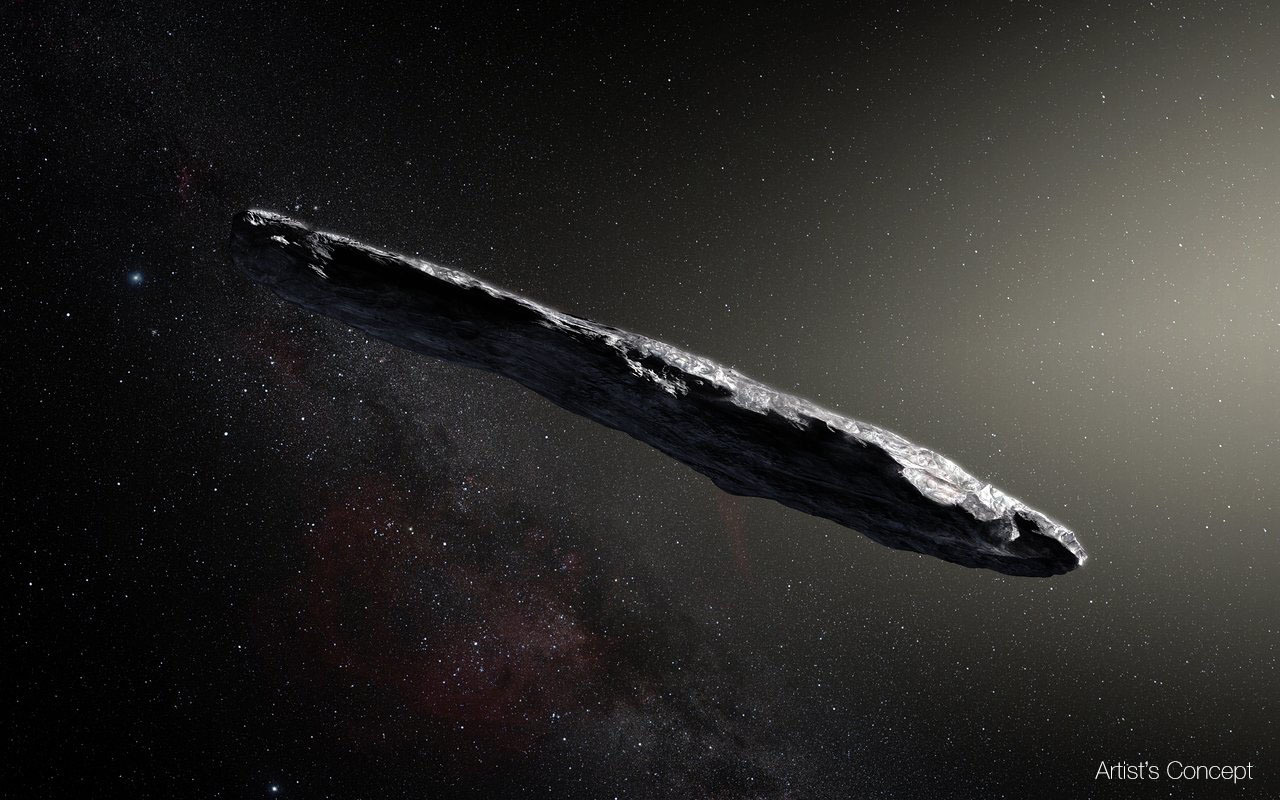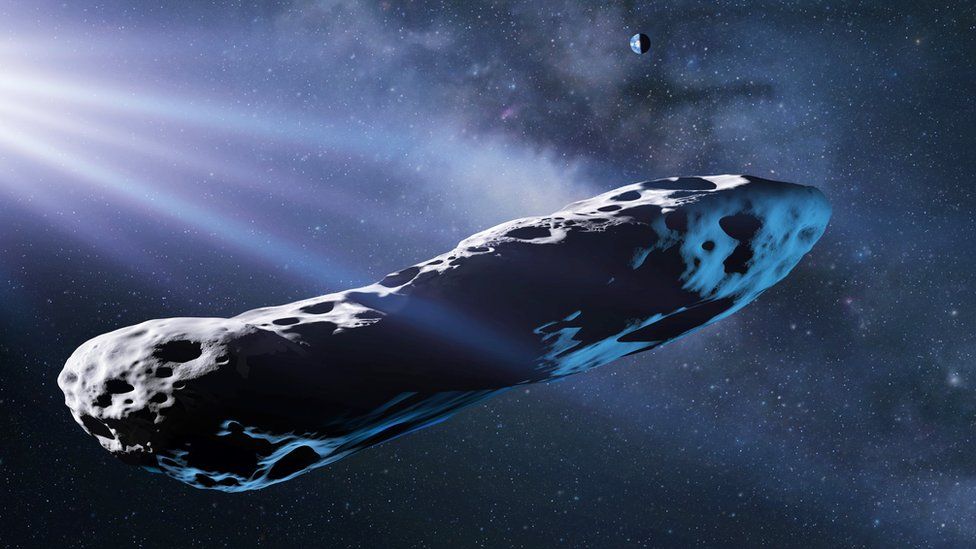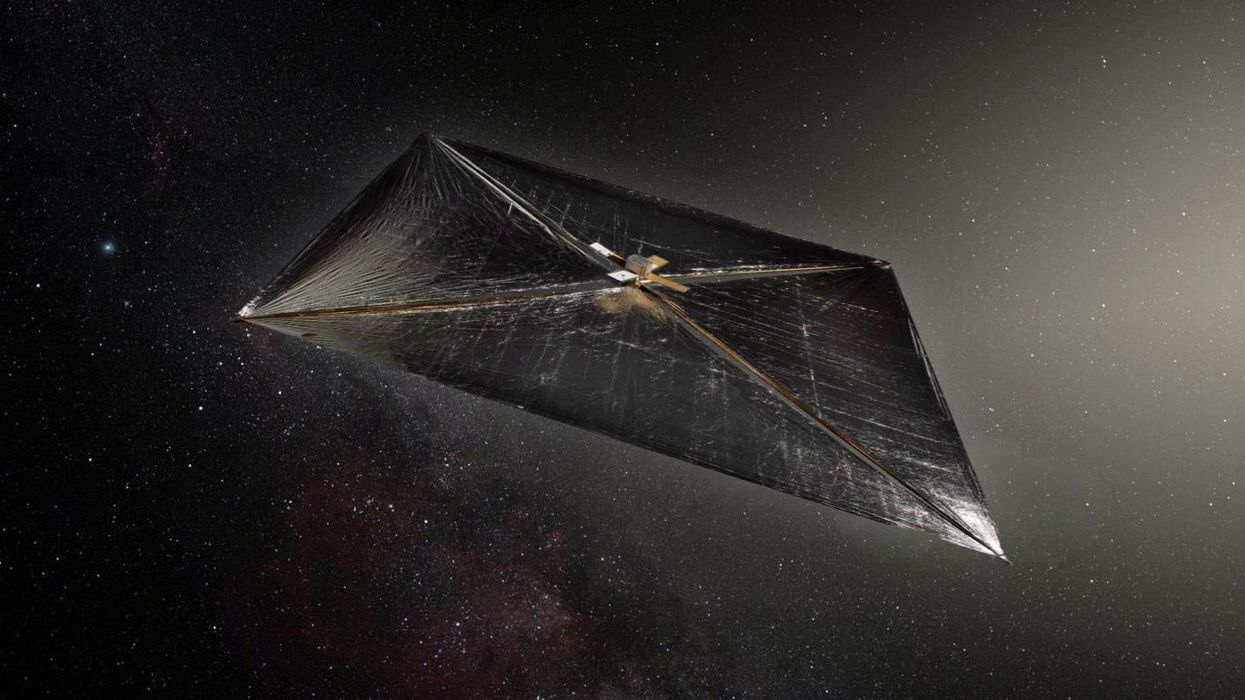Space is a very big place. It is even bigger than anyone can imagine. Our solar system? That’s barely the tip of the iceberg when it comes to the vastness of space, and it would take an unfathomable amount of time to even travel from one side of our solar system to the other.

We are constantly discovering new planets and objects in galaxies far, far away, but that doesn’t always mean we know exactly what they are. It’s not as if scientists point their telescope out into space and suddenly see things with the same clarity as binoculars. When it comes to deep space, our methods are less exact.
A recent discovery was made by scientists regarding an interstellar object of unknown origin. Everyone tends to jump to the idea of aliens. While that could certainly be something that occurs, in this case it is now clear that it is more likely a piece of a planet from a different solar system.
While any unidentified object in space is quick to be labeled as something to do with aliens, that is looking like it’s not the case in a recent high-profile piece of space junk found floating around the infinite darkness of space. A new study is suggesting that it is actually part of a planet from a completely different solar system that has come invading our territory. In 2017, the object passed by Earth at 196,000 miles per hour. Known at the time as Oumuamua, a Harvard professor named Avi Loeb had said that it is likely alien in origin.

That is not the case according to the Arizona State University study which states that the chunk was knocked off the surface of a distant planet over half a billion years ago. Disappointing, but it is also much more comforting.
Steven Desch is one of the Arizona State University astrophysicists who penned the study. In a press release, he said, "This research is exciting in that we've probably resolved the mystery of what Oumuamua is and we can reasonably identify it as a chunk of an 'exo-Pluto,' a Pluto-like planet in another solar system. Until now, we've had no way to know if other solar systems have Pluto-like planets, but now we have seen a chunk of one pass by Earth."

Steven Desch and his time are aware of the alien theories, but he believes that these theories just came from the discovery being so new. Now that they have more information, it is not as likely. "Everybody is interested in aliens, and it was inevitable that this first object outside the solar system would make people think aliens. But it's important in science not to jump to conclusions. It took two or three years to figure out a natural explanation — a chunk of nitrogen ice — that matches everything we know about Oumuamua. That's not long in science, and far too soon to say we had exhausted all natural explanations."
Since Pluto is a planet that is made of solidified nitrogen, it is fair to assume that the space debris came from a planet similar to Pluto since it is also comprised of solidified nitrogen. What’s most interesting is what may have happened to Oumuamua during ti’s travels. “Oumuamua likely wasn't flat when it entered our solar system, but melted away to a sliver, losing more than 95% of its mass, during its close encounter with the Sun.”

At first, the object had appeared to be a comet with a tail, however, these parts of it were burned off and ended up being nitrogen layers that dissolved as it hurtled closer to the sun. While the object may not be alien in nature, it is still a fascinating find. It has been traveling longer than humans have been on this Earth!